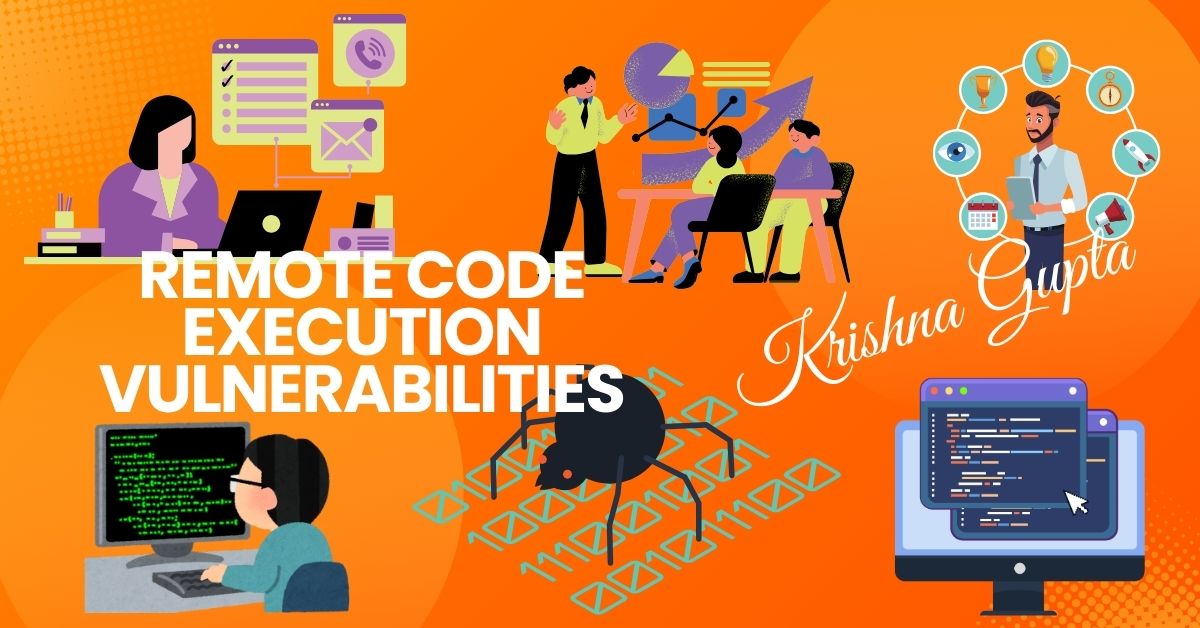2024 CWE Top 25 Most Dangerous Software Weaknesses: Out-of-Bounds Read (CWE-125)
Out-of-Bounds Read occurs when a program reads data past the allocated boundary of a buffer. This behaviour typically arises from improper validation of input data or incorrect indexing in memory operations. By exploiting this weakness, attackers can gain unauthorised access to sensitive information, potentially leading to security violations.




